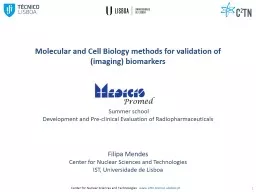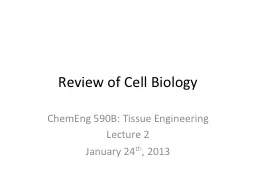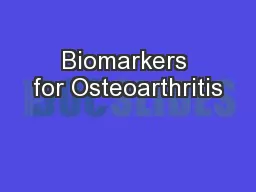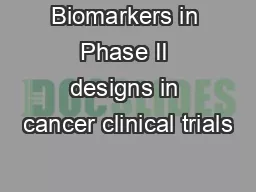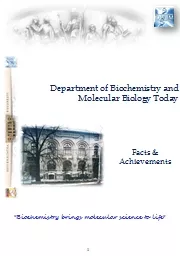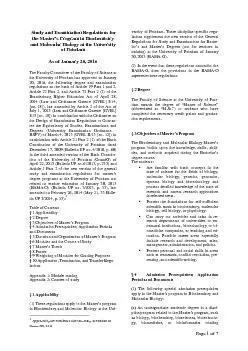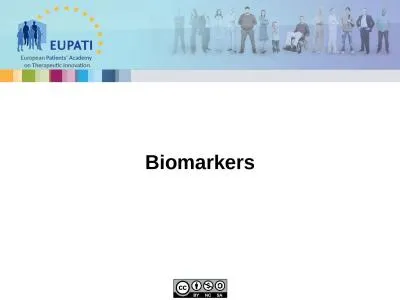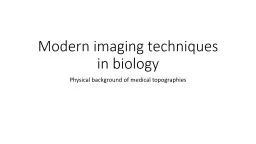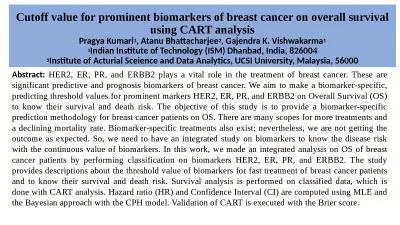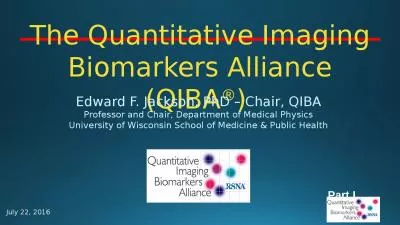PPT-Molecular and Cell Biology methods for validation of (imaging) biomarkers
Author : loaiatdog | Published Date : 2020-06-17
Filipa Mendes Center for Nuclear Sciences and Technologies IST Universidade de Lisboa Summer school Development and Preclinical Evaluation of Radiopharmaceuticals
Presentation Embed Code
Download Presentation
Download Presentation The PPT/PDF document "Molecular and Cell Biology methods for v..." is the property of its rightful owner. Permission is granted to download and print the materials on this website for personal, non-commercial use only, and to display it on your personal computer provided you do not modify the materials and that you retain all copyright notices contained in the materials. By downloading content from our website, you accept the terms of this agreement.
Molecular and Cell Biology methods for validation of (imaging) biomarkers: Transcript
Download Rules Of Document
"Molecular and Cell Biology methods for validation of (imaging) biomarkers"The content belongs to its owner. You may download and print it for personal use, without modification, and keep all copyright notices. By downloading, you agree to these terms.
Related Documents

